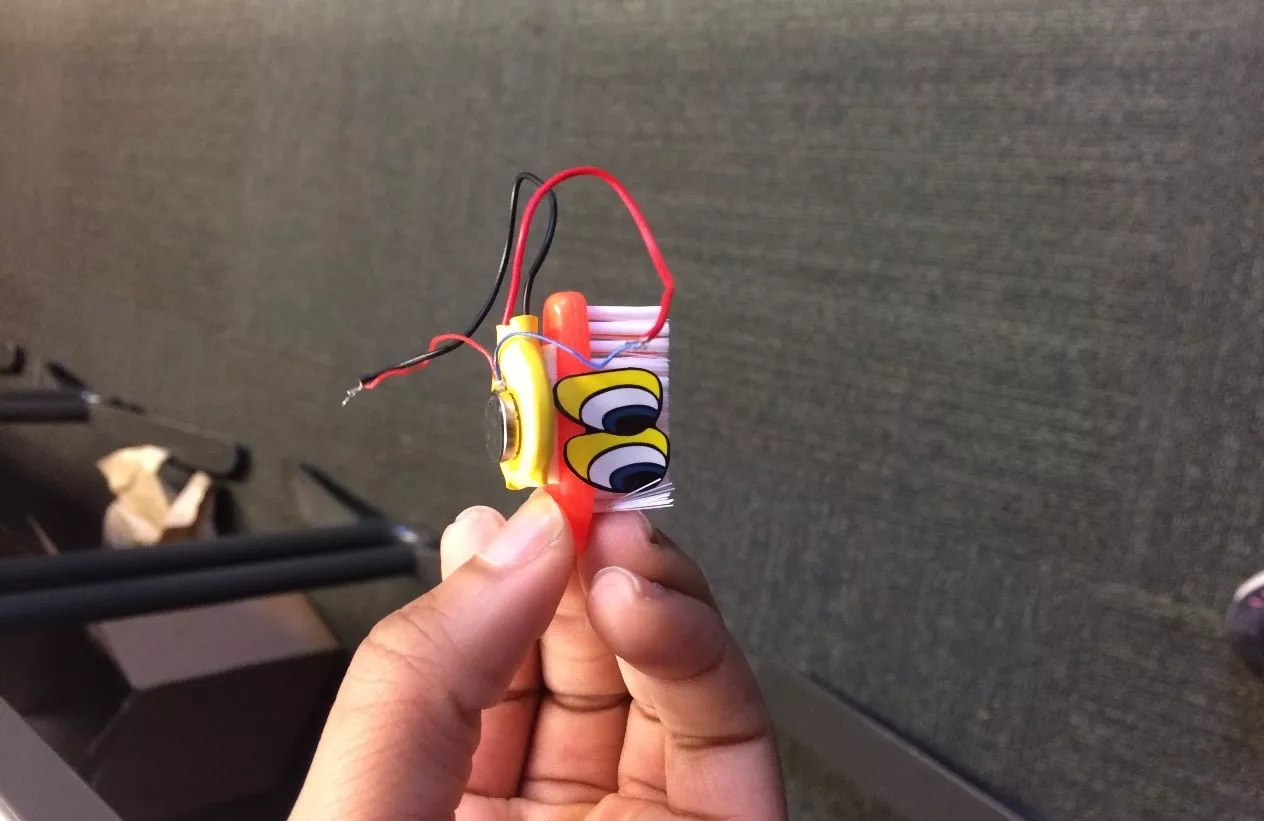
This is a guest post from Leslie Goloh ('19), one of our student interns in Educational Technology Services.
This year, Bryn Mawr launched the Digital Competencies Program which is aimed at providing students with the tools they need to compete and fully participate in all aspects of a world that operates at the click of a button. The program, which was designed by Bryn Mawr faculty and educational technologists, takes the form of a framework that includes 19 individual competencies that have been categorized into 5 classes namely; Digital Survival Skills, Digital Communication, Data Management and Preservation, Data Analysis and Presentation, and Critical Making, Design and Development. The digital competencies that make up the framework provide students with the lexicon needed to identify and articulate their skills.
Since the competencies are "digital", they are typically thought about in the perspective of work done using some kind of computer technology. While it is true that most of them are only applicable in such instances, some of them can be applied to just about anything that involves thought and work. An illustration of this was during the Adelante program, a STEAM (Science, Technology, Engineering, Art and Math) enrichment program for middle schoolers from Norristown, that was held here in Bryn Mawr on Saturday, 11/20/2017. The program was divided into two sessions; the first was an Engineering Demonstration led by the BMC Engineers and Makers club and the second was an Augmented/Virtual Reality demo, led by the Educational Technology Services Staff.
During the Engineering Demo, the students got a first-hand experience of how simple circuits and electricity work by building the Brushbot, a simple bot that consists of a toothbrush, a tiny motor and a battery. All they had to do was connect the motor to the battery (which would cause it to vibrate), and attach the vibrating motor to the toothbrush, making it vibrate as well. Building the bots was really simple but they turned out to be very unstable and kept falling over! This was a nuisance when we tried to hold a Robo-sumo competition between the bots. On the bright side, this gave the students the opportunity to engage with the digital competencies, which they did by troubleshooting (a digital competency) the problem to determine the cause and fix it. It turns out the problem was a design problem. Its cause was very simple: the battery was slanted on the brush making it heavier on one side. Despite its simplicity, the students had to repeatedly remove and replace the batteries on the brushes until they were straight. This iterative process with the simple goal of making the bot stable is a highly simplified version of design thinking, a methodology (and digital competency) used to solve complex problems and develop solutions that work.
The point here is that the digital competencies can be more than just the skills applied when using computer technologies. The thought processes that accompany some of these competencies can be applied in a lot of other situations, making them quite versatile. While the formal goal of the Digital Competencies framework is to help us students identify, develop and articulate our digital skills, they can also prepare us for life and work in a more general sense if we let them.